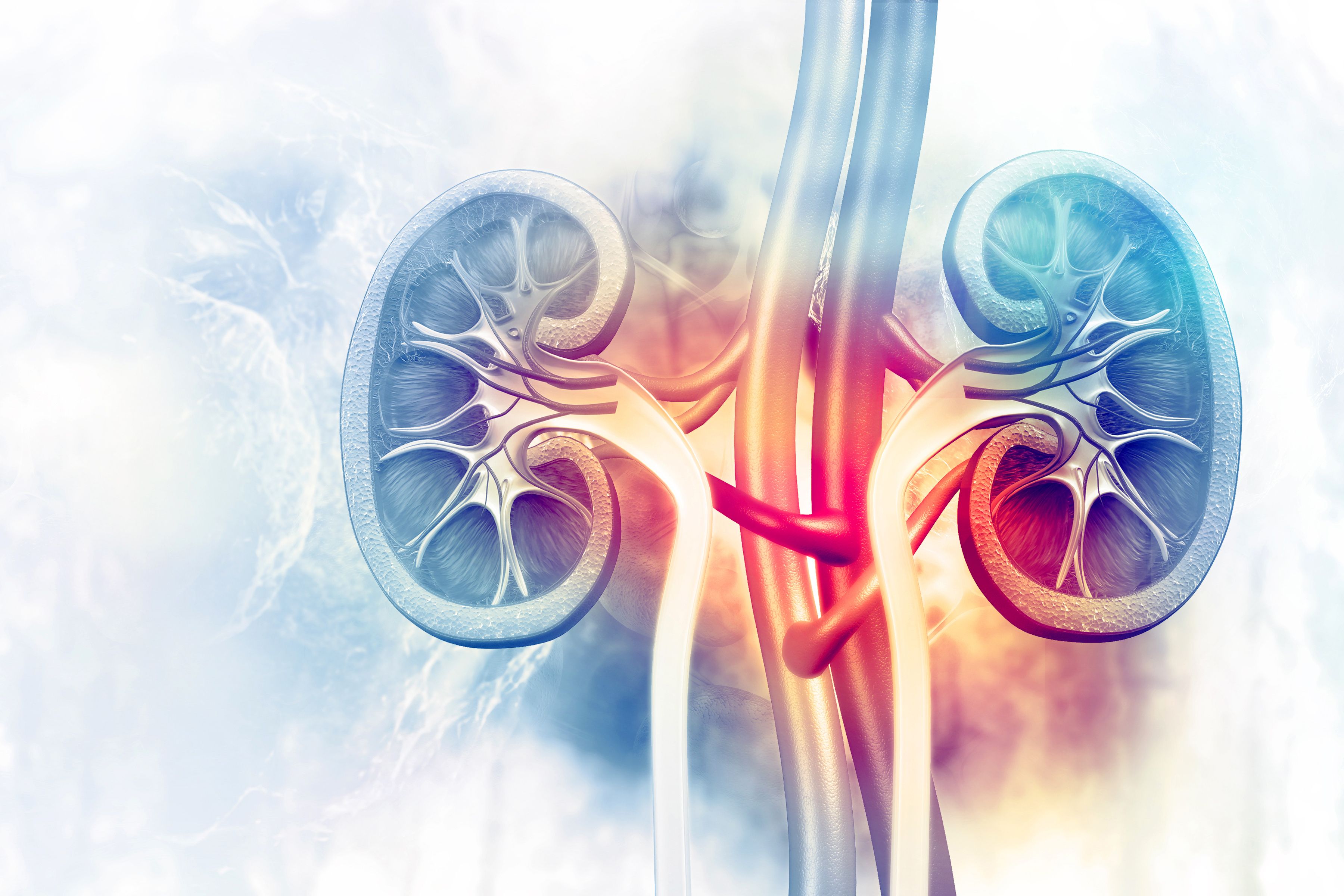Article
Lipid Dysregulation Predictive of CKD Risk, Onset
Author(s):
A recent study found that lipid dysregulation was predictive of the risk of chronic kidney disease (CKD) and occurred years before the onset of CKD.
A study published in Kidney International demonstrated an association between chronic kidney disease (CKD) and lipid dysregulation, with patients demonstrating signs of lipid dysregulation prior to diagnosis of CKD. This revelation could help identify individuals with early impaired kidney function in the preclinical stages.
The American Indians in the Strong Heart Family Study (SHFS), which is a prospective designed that was designed to identify genetic and metabolic factors for cardiovascular disease, was used for the discovery cohort. The study included 2780 tribal members aged 14 years and older who were examined from 2001 to 2003 and reexamined from 2006 to 2009, of which 1970 individuals aged 18 to 75 were included in this analysis.
Extrenal replication was conducted in the Australian Diabetes, Obesity, and Lifestyle (AusDiab) and the San Antonio Family Heart Study (SAFHS). There were 5541 individuals in the AusDiab study who were included in the study. There were also 1431 individuals in the SAFHS study who were included in this analysis; 632 individuals aged 18 to 84 were free of CKD at baseline.
The researchers obtained 1542 lipids in 3916 plasma samples from 1958 individuals at 2 different time points; there were 1910 participants who were included in this analysis.
In the 5-year follow-up period there were a total of 324 incident CKD cases (58 in SHFS, 38 in SAFHS, 228 in AusDiab) that were identified. There were 29 baseline lipids, out of 518 known lipids, that were significantly associated with incident CKD in SHFS after adjusting for covariates.
There were 24 and 25 lipids that were also available in SAFHS and AusDiab out of the 29 lipids in the SHFS. There were 7 lipids of the 24 overlapping lipids in SAHFS and 6 lipids of the 25 overlapping lipids in AusDiab that were associated with a risk of CKD. Further adjustments demonstrated that 19 of the 29 lipids remained significant.
Longitudinal changes in 258 lipids were also identified as having an association with a change in eGFR between baseline and follow-up. Changes in plasma lipidome explained approximately 6.98% (0.36%-13.59%) of variability in eGFR change between baseline and follow-up.
There were also 13 modules identified in the SHFS, 1 of which was significantly associated with CKD; the module included 154 lipids.
There were some limitations to this study. The number of patients with CKD in each cohort was relatively small and could lead the study to being underpowered in detecting lipidomic markers. Although there were many lipids detected in the discovery cohort, many of them were unknown and the researchers were unable to distinguish isomeric lipids. The lipidomic alterations identified in this study may not point to specific underlying etiologies of CKD progression. There may have been some residual confounding by unknown or unmeasured factors. The researchers could not determine if the observed associations are cause or consequence, much like all observational studies.
The researchers concluded that they had identified a range of novel molecular lipids that are associated with the risk of CKD at both individual lipid species and lipid class level. The research also demonstrated that dysregulated lipid metabolism occurs years before a diagnosis of CKD.
“Thus, the newly identified lipids may help identify individuals with early impaired kidney function at preclinical stages,” the authors wrote.
Reference
Zeng W, Beyene HB, Kuokkanen M, et al. Lipidomic profiling in the Strong Heart Study identified American Indians at risk of chronic kidney disease. Kidney Int. Published online July 15, 2022. doi:10.1016/j.kint.2022.06.023




